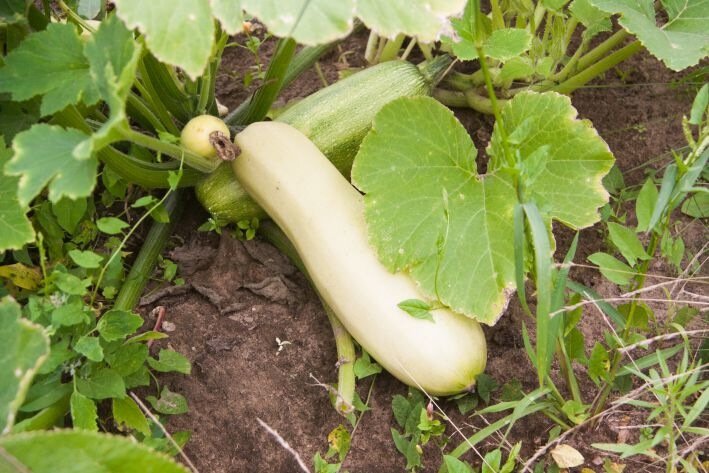Have you ever noticed that some gardeners have greens on their table already in April, but you are still digging through seed packets?
It's all about the little tricks that aren't written about in gardening textbooks.
February is the perfect time to get your 'harvest machine' going, and here's how to do it without greenhouses or expensive fertilizers.

Imagine: while others are only dreaming about their first cucumber, you are already picking parsley and radishes. Sounds unrealistic? But it all starts with an ordinary lamp, a milk carton, and your refrigerator.
Yes, it is the refrigerator that can become your first assistant. Seed stratification is not just a fashionable word, but a real way to wake up "sleeping" embryos.
For example, carrot or parsley seeds wrapped in a damp cloth and sent to the vegetable department for a week germinate several times faster.
But not all crops like the cold. Tomatoes and peppers, on the contrary, require warmth and light. And here a lamp will come in handy - a regular LED or phytolamp, which will replace the February sun.
Place it over the seedlings so that the light falls at least 12 hours a day, and the sprouts will not stretch out, but will be strong and juicy.
And now about the main secret - containers for seedlings. Forget about store-bought cups! Plastic bottles, juice boxes and even eggshells work just as well.
Cut the bottle in half, make drainage holes in the bottom, and you're done. These "pots" not only save money, but also make it easy to replant plants: just cut the plastic without damaging the roots.
And don’t rush to throw away the eggshells: fill them with soil, sow the seeds, and when planting in the soil, carefully crush the shells - they will become natural fertilizer.
But what if there is not enough space on the windowsill? Use vertical beds! Attach shelves with trays or hanging pockets made of fabric to the wall. This will not only save space, but also create a cozy green corner in the house.
And in February you can already start preparing the soil on the plot: scatter snow on the beds so that it melts faster, and cover the ground with black film.
The soil underneath will warm up in a matter of days, and you will be able to sow cold-resistant crops before anyone else.
And the last piece of advice: do not overdo it with watering. February seedlings often die not from the cold, but from excess moisture.
Water only when the top layer of soil dries out, and use water at room temperature. Remember: even in February, your garden is already alive - all that's left is to wake it up.
